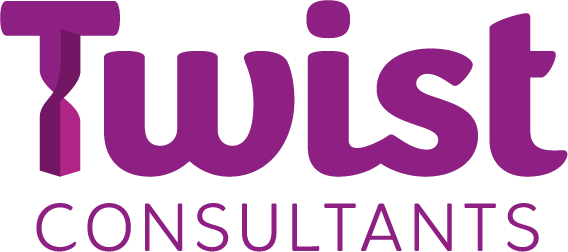Words, language and terminology were mentioned repeatedly during the interviews I carried out for the Twist Wellbeing and Organisation Change research. And often, not in a positive way.
Given some of the copy I’ve seen, the talks I’ve heard and the conversations I’ve had as a consultant and coach, this wasn’t a big surprise.
Image: Geralt, Pixabay
We often confound people with grandiose words, long sentences and complex jargon so they switch off before they get anywhere near the messages that we really want them to hear.
Here’s just one example (I made a few tweaks to protect anonymity…). It was a challenge to really get to the core of what they wanted to share.
“…we’re responding to a range of different issues on an extremely complex process that begins with developers and goes downstream to companies deploying our solution and then on to their customers and consumers. We’re working with our stakeholders to adjust their approaches in this scenario.”
So, how do you think about your words to help you communicate with impact – especially when you’re asking people to change the way they do things?
Listen
I come back to listening again and again as a foundation for most things and especially when we’re communicating to create shifts in behaviour. Where language is concerned, you’re listening for the ways in which other people communicate – what words or phrases do they use? And listen out for the words they don’t use or what they’re not saying too.
Speak human
Remember that communication happens in the mind of the person receiving the message, not in yours, so you must look at it from that perspective. If you read something out loud and it sounds like gobbledygook, how do you think it will it sound to the person receiving it?
Think straightforward
Something weird seems to happen to our brains sometimes when we’re writing or speaking - we draw on a very large thesaurus. So, rather than writing the word ‘use’ in the example above, ‘deploy’ clearly felt more suitable for whatever reason (when, from my perspective, ‘use’ would have been much more accessible). Remember that speaking plainly takes another barrier away from your message being received and understood.
Adapt authentically
When you’ve listened to the language that your audiences use, adapt what you’re saying in terms they will understand. Doing that authentically – in a way that feels comfortable for you – is vital.
Thinking this way can often be new for many of us, especially leaders. It means slowing down and thinking from very different perspectives.
Spend time really considering the words that will have the greatest impact and support people in changing their behaviour rather than using words to impress. This approach will help you create something much more engaging and empathetic.
If you’d like to explore how to communicate more empathetically, please get in touch.
Read more
Download a copy of the Twist Wellbeing and Change research findings here
Mind your language – is that what you really wanted to say?
Think carefully about what you’re not saying when you communicate in organisation change

